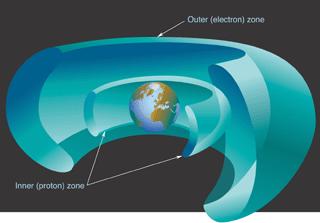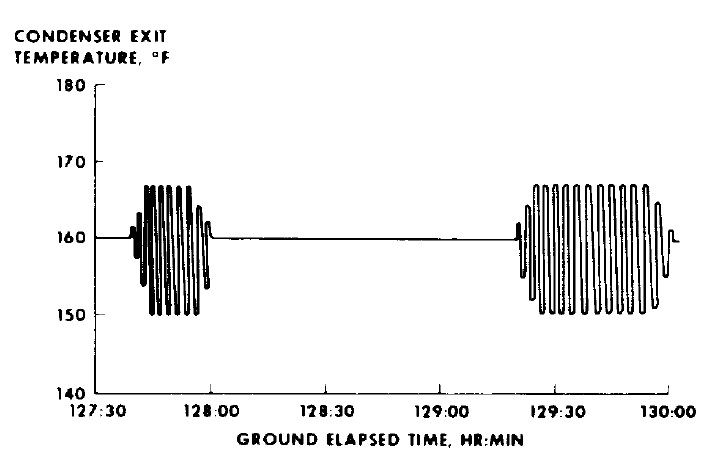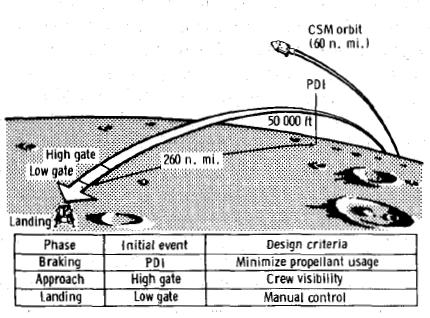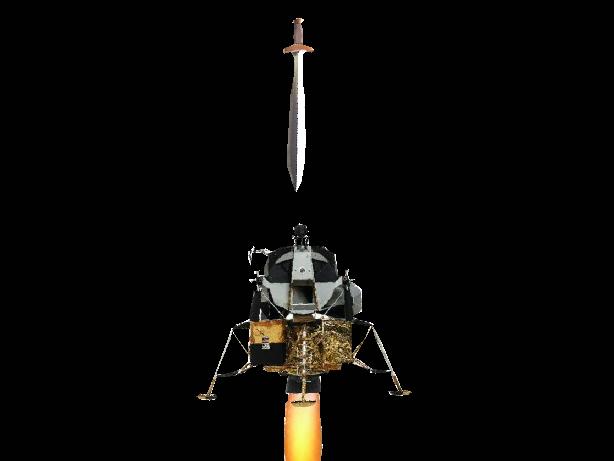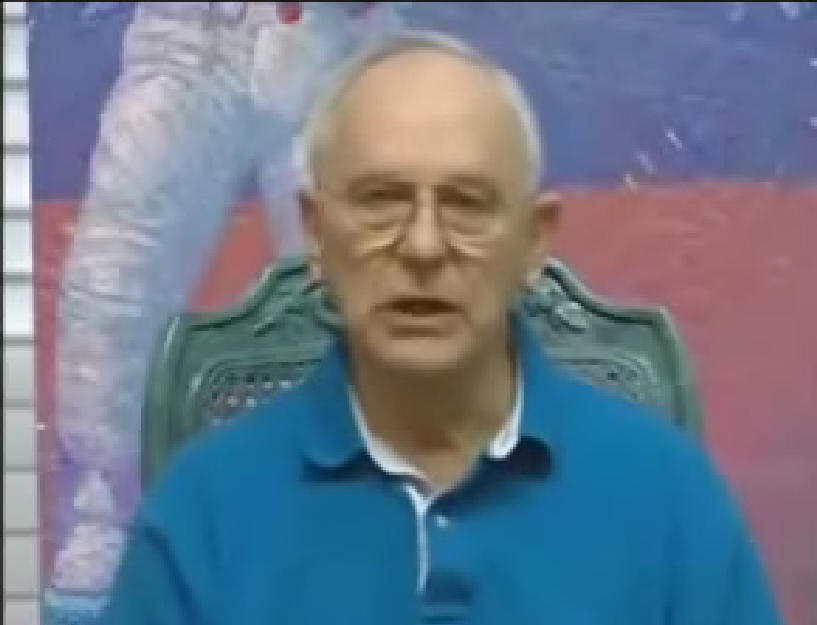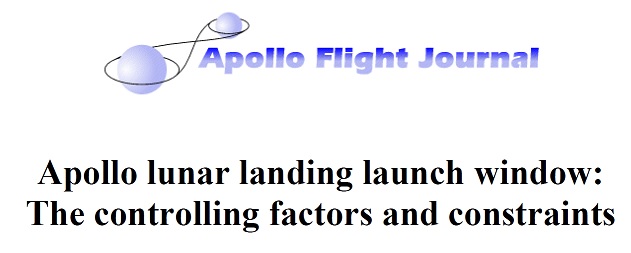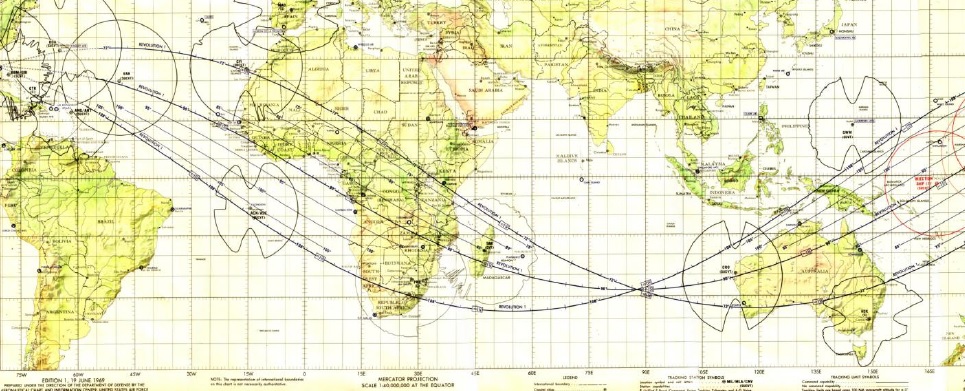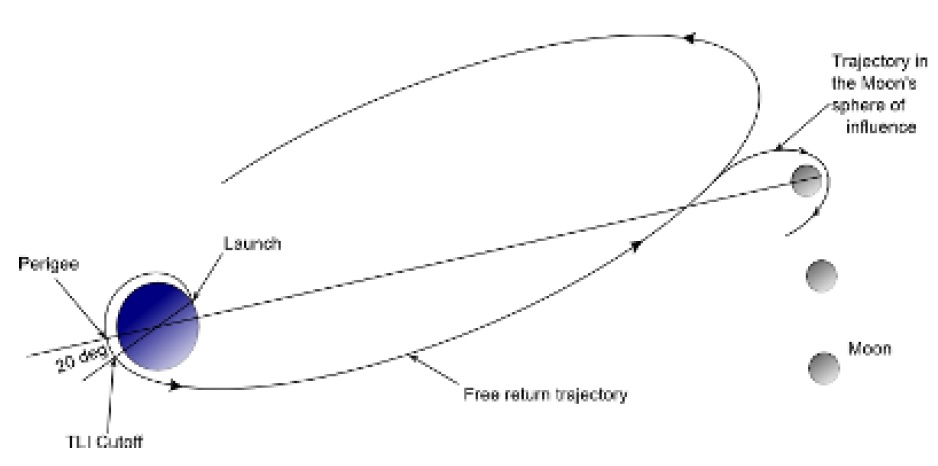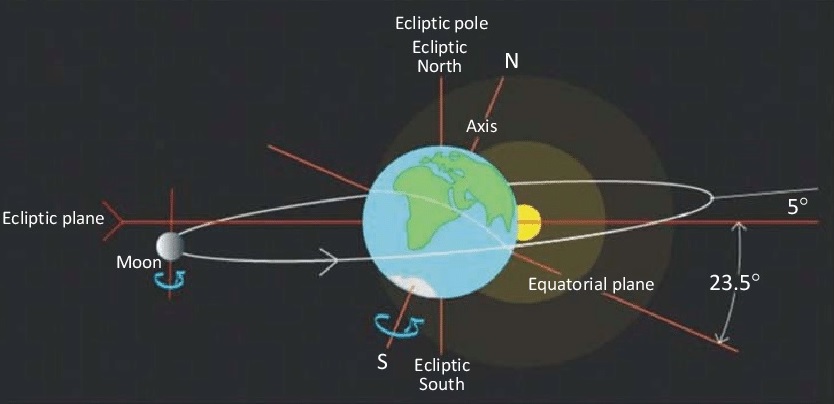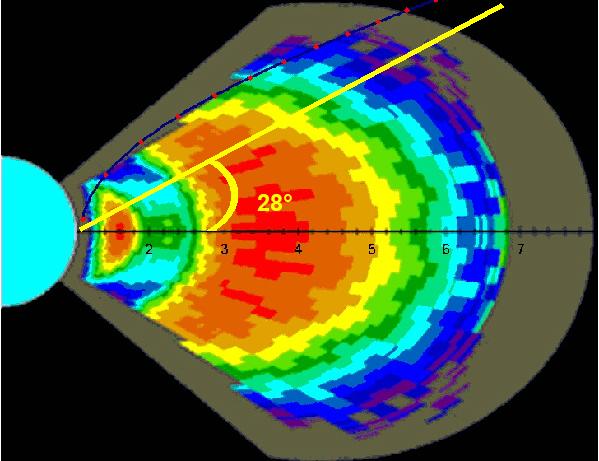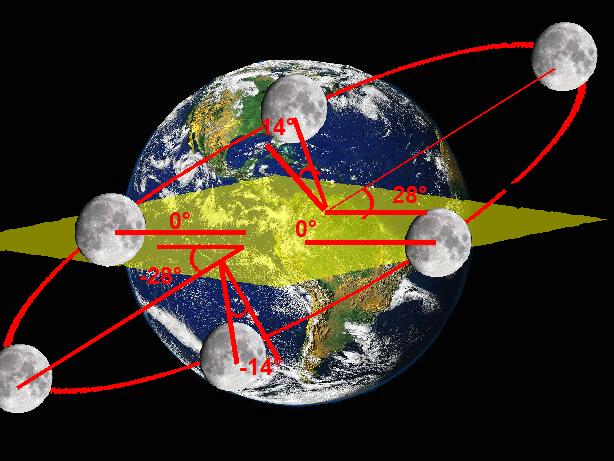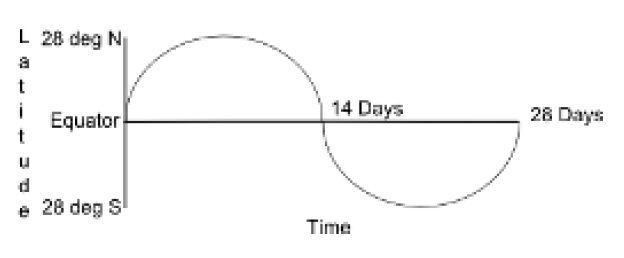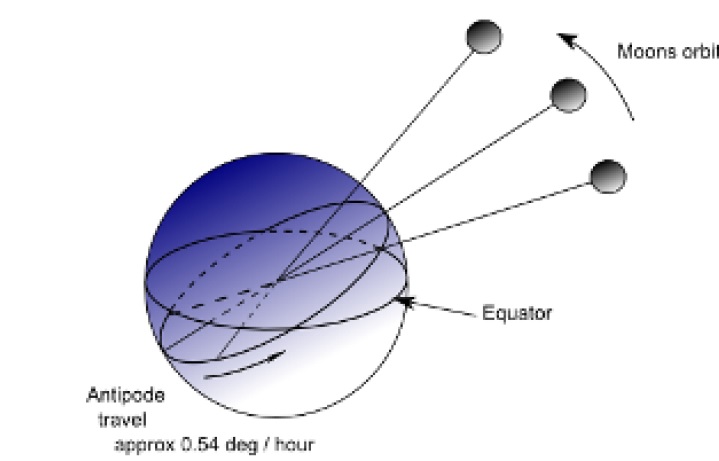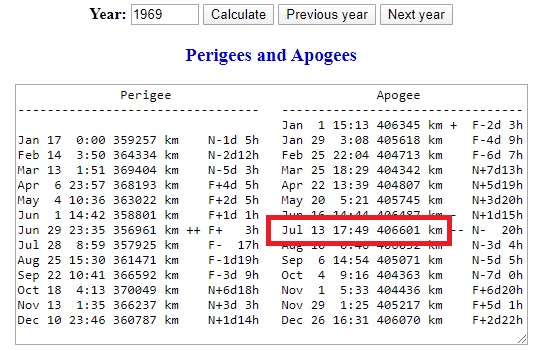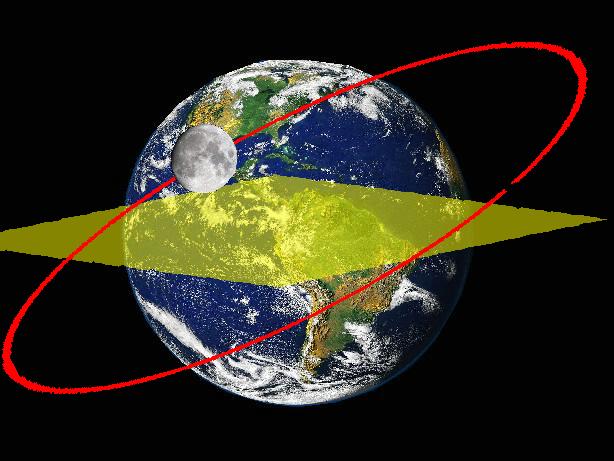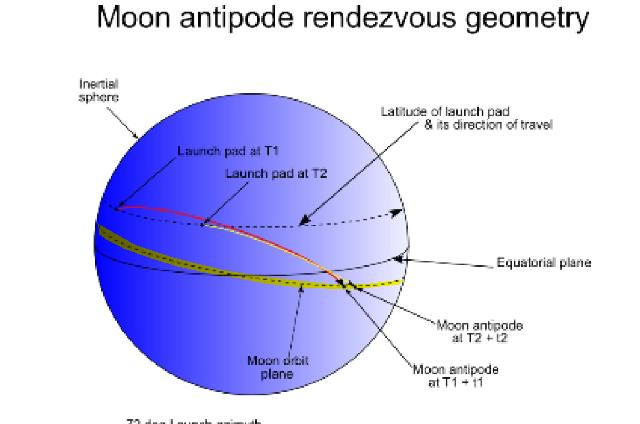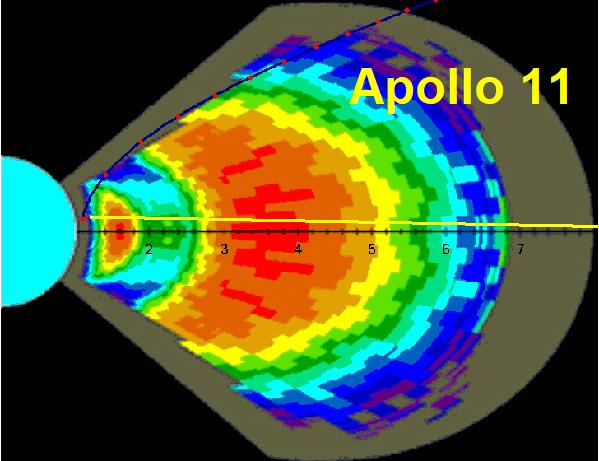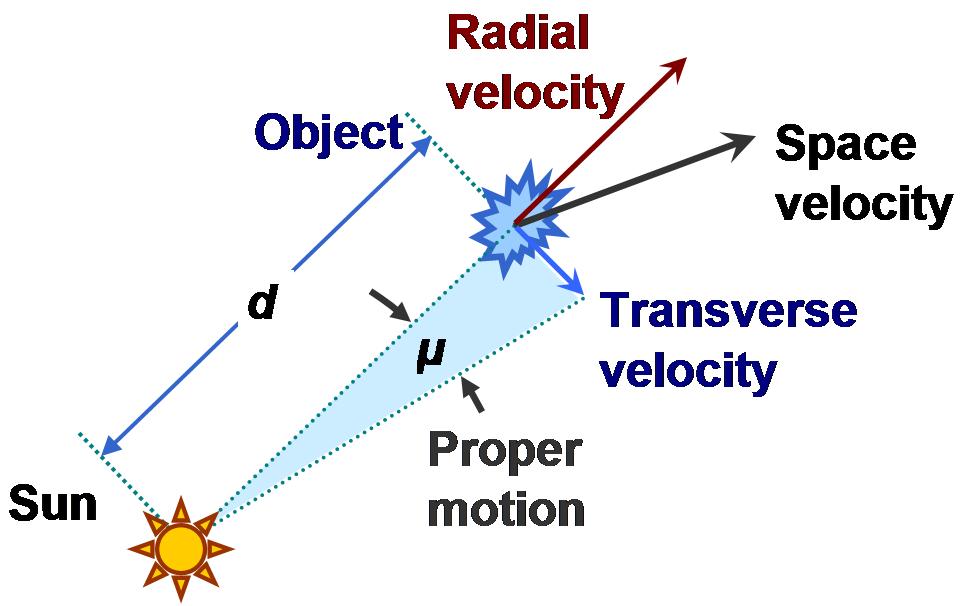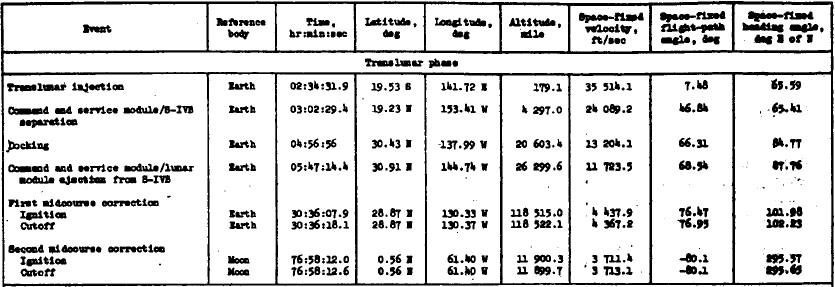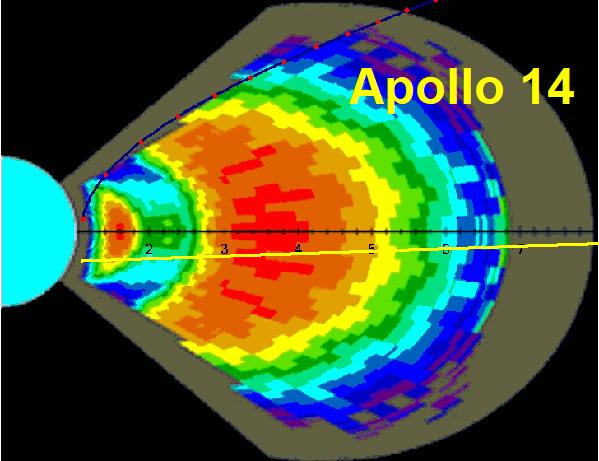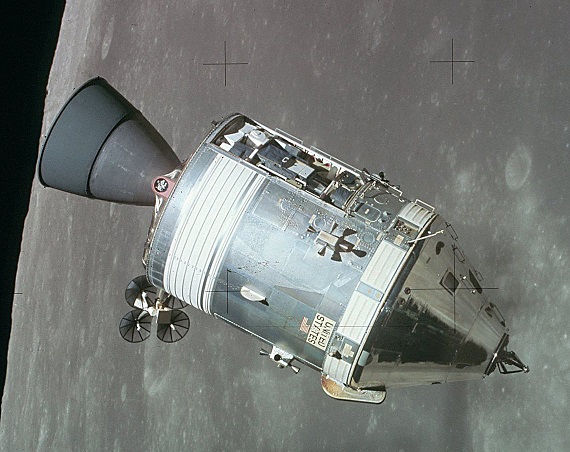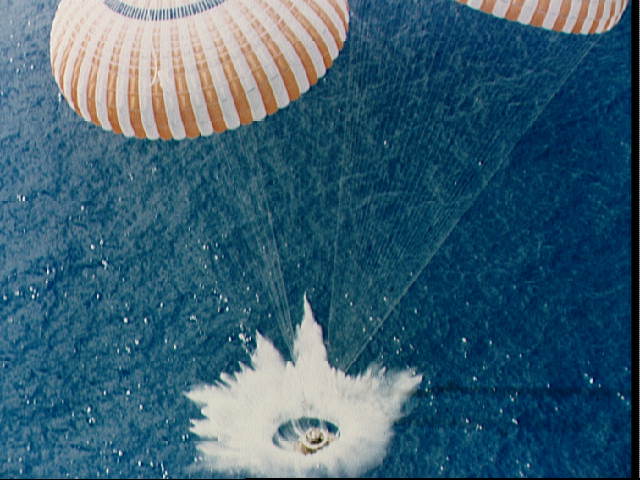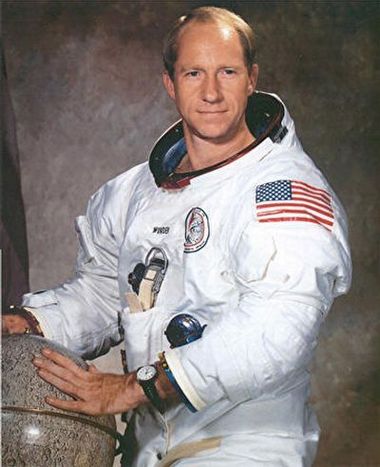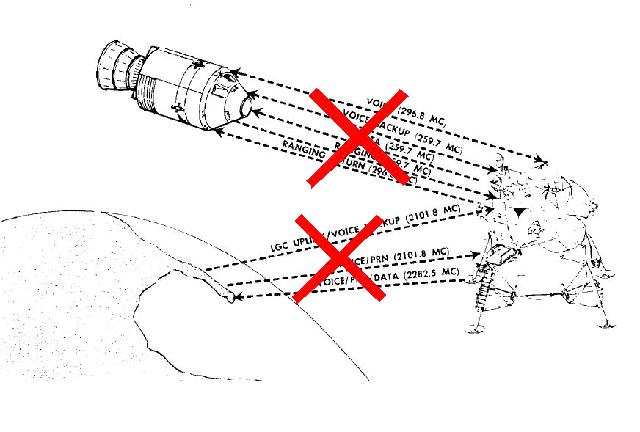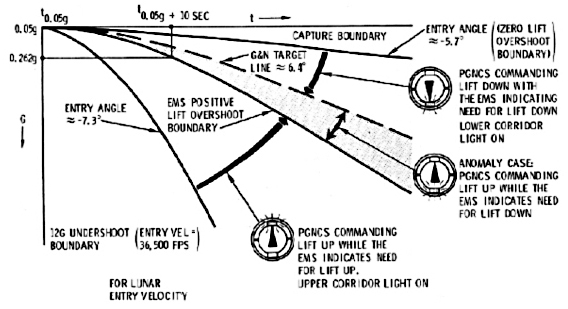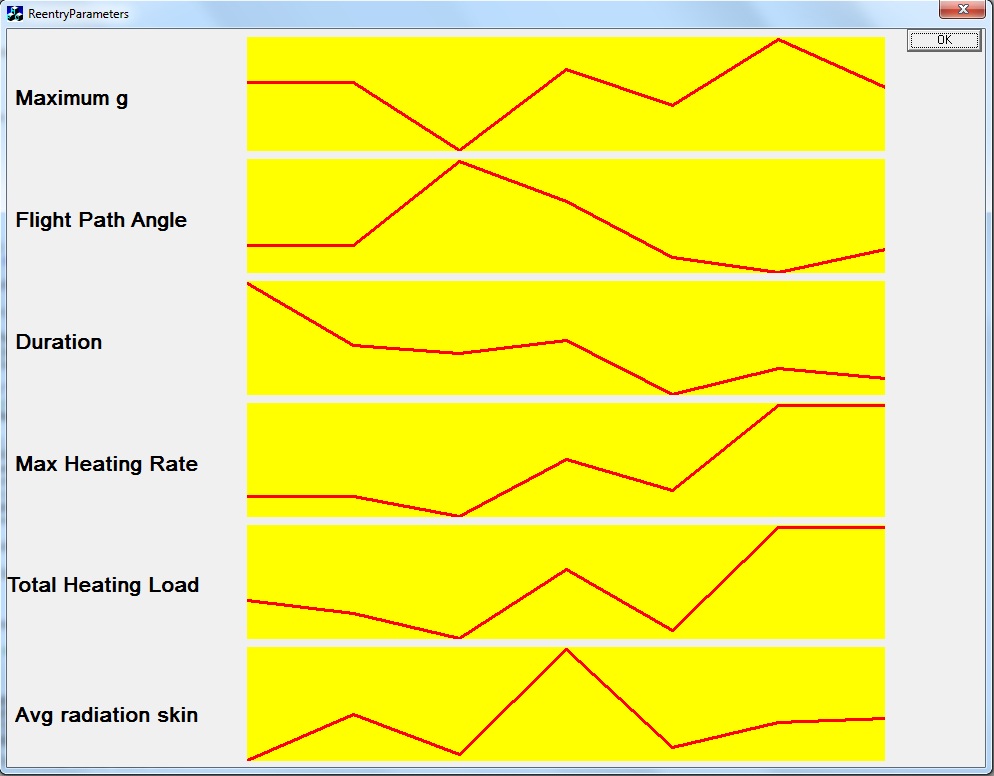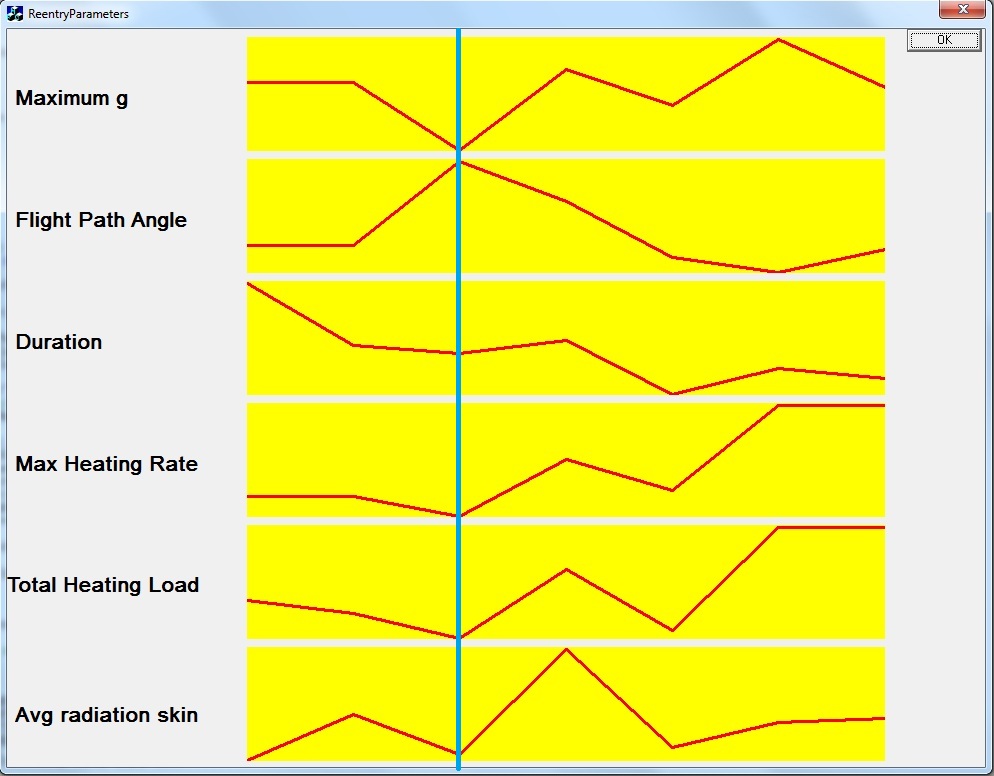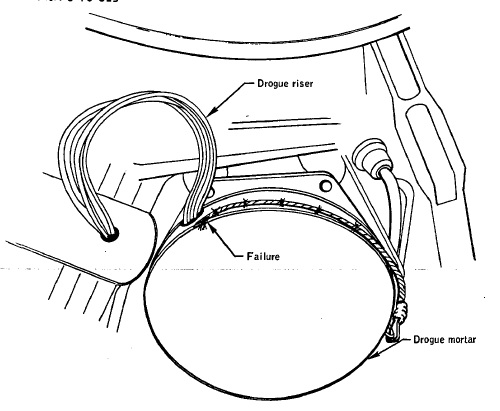
The table also displays data on the point of separation of the command module from the S-IVB, and also the point of the command module docking to the lunar module.
What we first notice is that the separation of the command module from the S-IVB happens at a latitude of 31.16° North, which is consistently above the latitude of the translunar injection, which is completely abnormal, for this latitude should be close to the one of the translunar injection, and even slightly under, as the spaceship goes down from the translunar injection, and the point of the first midcourse correction is closer to the equatorial plane; this is impossible, as there is no correction made by the command module before it reaches the point of the first midcourse correction (at approximately half travel to the moon).
It would make no sense that the S-IVB would send the command module in a completely wrong direction, which would have made it pass far from the lunar orbit, to force the command module to make an important change of direction to make it go down again toward the direction of the first midcourse correction, while the S-IVB could directly send it toward the good direction.
At that speed, a change of direction requires a lot of energy, and so an important consumption of propellant; try to make a sharp turn slowly, and then fast, and you'll see the difference!
But it is not the only incoherence in this table, there is another one, but this one is more subtle.
According to this table, the separation of the command module from the S-IVB is made at an altitude of 4110.9 miles, while the docking of the command module to the lunar module is made at an altitude of 5317.6 miles; that makes a difference of altitude of 1206.7 miles, so 2234.81 kilometers.
The separation of the command module from the S-IVB is made at time 3 hours, 17 minutes, and 4 seconds, and the docking of the command module to the lunar module is made at time 3 hour, 24 minutes, and 3 seconds; that makes 419 seconds of difference.
If is relate the difference of altitude to an hour (3600 seconds), that would make an average radial speed (i.e. speed in the direction to the earth's center) equal to 2234.81*3600/419=19201 km/h (ignoring the decimal data).
But the table gives another indication of speed in the column "space-fixed velocity"; for the separation of the command module from the S-IVB, we read 24456.8 feet/s; by multiplying by 0.3048 we convert it in to m/s, and by multiplying by 3.6, we convert it into kilometers per hour, which gives 26836 km/h, but this speed is a speed along the current direction of the spaceship, not a radial speed (i.e. in direction of the earth's center).
|
